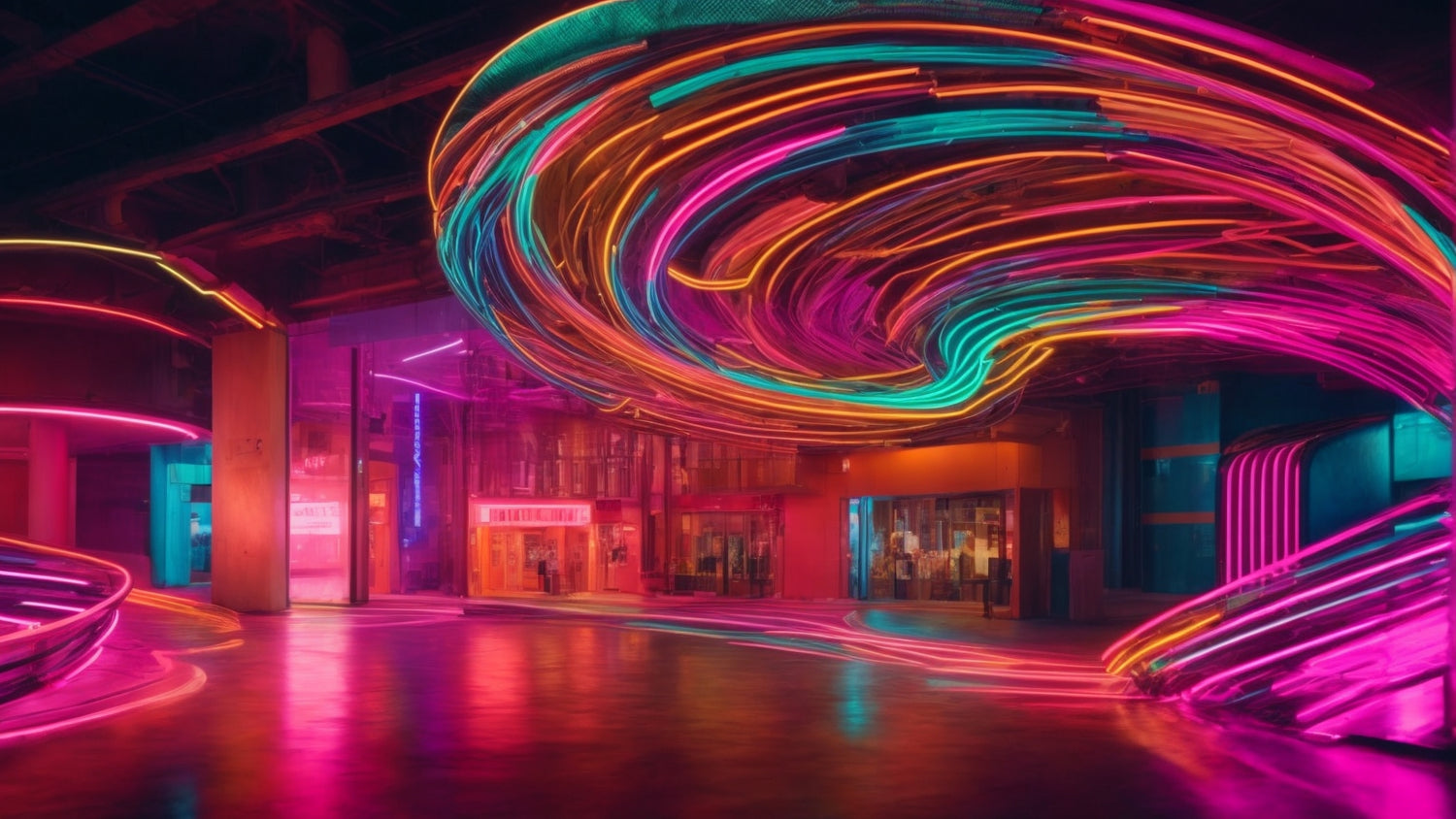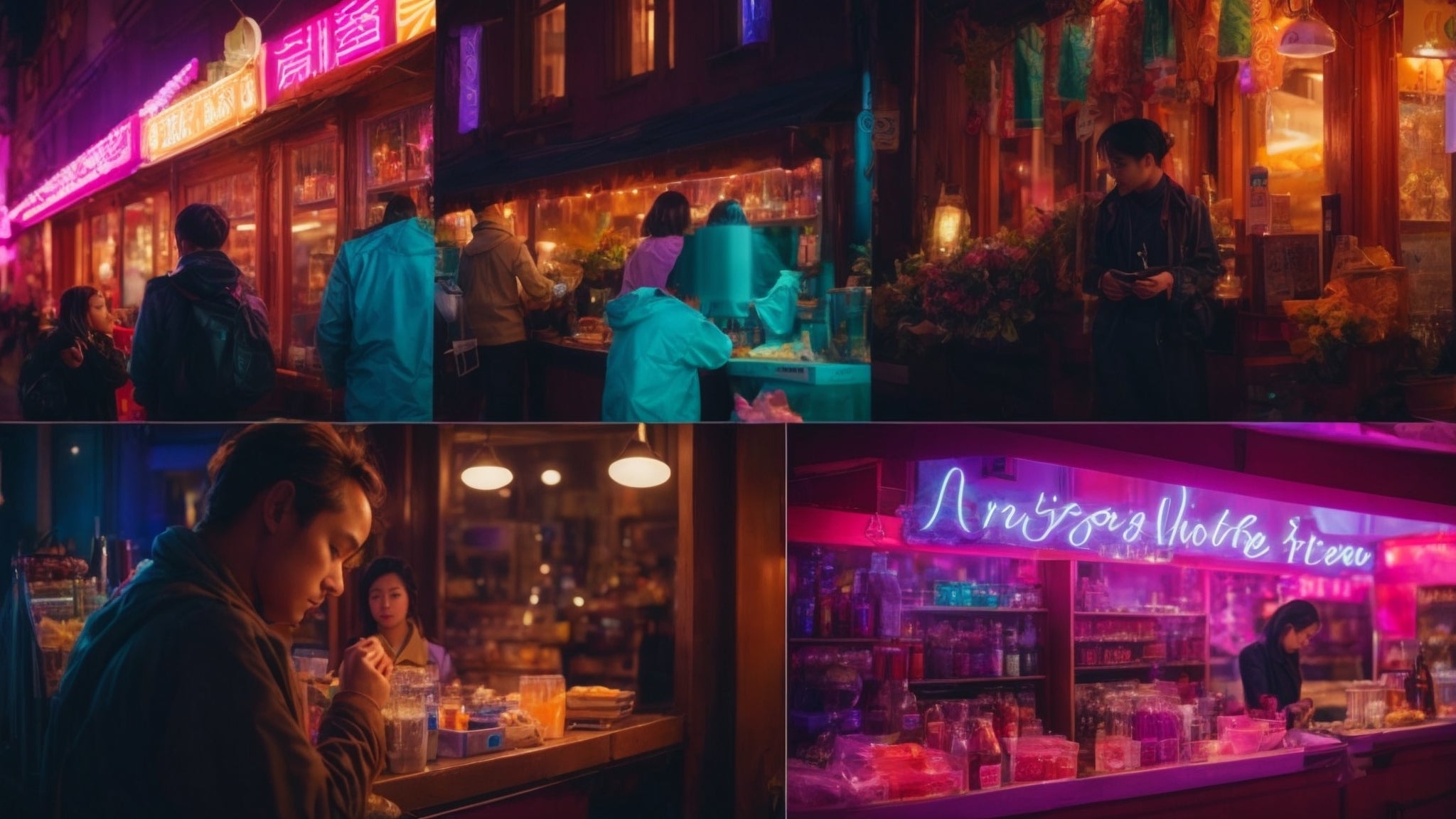Neon Motifs in Literature: Examining Neon's Literary Significance
Neon, with its vibrant and captivating glow, has always held a special fascination in the world of art. Its mesmerizing luminosity has not only become a symbol of modernity and urban life but has also made its way into the realm of literature. In this article, we will explore the literary significance of neon motifs and how they add depth and meaning to various literary works.
The Symbolism of Neon
Neon, as a symbol, represents a multitude of ideas and emotions. Its bright and artificial glow often signifies the fast-paced and dynamic nature of city life. Neon signs and lights are commonly associated with bustling streets, nightlife, and the energy of urban environments.
When incorporated into literature, neon symbolism can evoke a sense of modernity, excitement, and even a touch of surrealism. It serves as a visual representation of the dichotomy between reality and the artificial world we create.
The neon glow can represent the allure of the city, drawing characters and readers into its vibrant and chaotic embrace. It can also symbolize the masks we wear, the facades we present to the world, and the hidden truths that lie beneath the surface.
Neon in Dystopian Literature
One genre where neon motifs frequently appear is dystopian literature. In these narratives, neon often serves as a contrasting element against the bleak and oppressive backdrop of a dystopian society. It symbolizes rebellion, hope, and a glimmer of light amidst darkness.
Authors use neon imagery to create vivid and atmospheric settings, allowing readers to immerse themselves in the futuristic worlds they depict. The pulsating glow of neon signs can create an eerie and otherworldly atmosphere, amplifying the sense of unease and tension within the narrative.
For example, in George Orwell's classic dystopian novel '1984,' neon signs bearing slogans of the totalitarian regime adorn the cityscape, serving as a constant reminder of the oppressive control over the citizens' lives. The neon glow represents the government's manipulation and surveillance, contrasting with the characters' desire for freedom and individuality.
In Margaret Atwood's 'The Handmaid's Tale,' neon signs flash with messages of conformity and control in the dystopian Republic of Gilead. The neon glow reflects the oppressive regime's attempt to maintain order and suppress individuality. It stands as a stark reminder of the characters' limited freedom and the constant surveillance they endure.
Neon as a Character
Another intriguing aspect of neon motifs in literature is its personification as a character. Neon takes on a life of its own, becoming an integral part of the story. It becomes a silent observer, a guide, or even a metaphorical representation of a character's desires and struggles.
Through the personification of neon, authors can explore themes such as identity, alienation, and the search for meaning in a technologically-dominated world. Neon becomes a conduit for introspection and self-discovery, leading characters on transformative journeys.
A notable example of neon as a character can be found in William Gibson's cyberpunk novel 'Neuromancer.' Here, neon lights in the futuristic city of Chiba function as a guiding force, leading the protagonist through the intricate web of cyberspace and corporate espionage. Neon becomes a metaphor for the allure and dangers of the digital realm, drawing parallels to the protagonist's own personal transformation.
In Haruki Murakami's 'Kafka on the Shore,' neon signs and lights populate the surreal and dreamlike world the characters navigate. Neon serves as a symbol of the characters' longing for connection and their search for meaning in a fragmented reality. It becomes a source of guidance and enlightenment, leading them on a mysterious and transformative journey.
Neon's Impact on Narrative
The inclusion of neon motifs in literature adds a layer of complexity and depth to the narrative. It enhances the visual imagery and engages the reader's senses, immersing them in the story's world. Neon's vivid presence can evoke emotions, setting the tone and atmosphere of the narrative.
Furthermore, neon motifs can also serve as a commentary on society, reflecting the impact of technology, consumerism, and the ever-changing urban landscape. It prompts readers to contemplate the consequences of a hypermodern society and the loss of human connection.
In J.G. Ballard's novel 'High-Rise,' neon motifs play a significant role in highlighting the decadence and isolation of the residents living in a luxurious high-rise apartment building. The neon-lit corridors and extravagant signage contribute to the surreal and detached ambiance, mirroring the characters' descent into chaos and primal instincts.
In Kazuo Ishiguro's 'Never Let Me Go,' neon motifs appear as a stark contrast to the characters' sheltered and controlled existence. Neon lights symbolize the outside world and the characters' longing to break free from their predetermined fate. The neon glow becomes a reminder of the vibrant and fleeting nature of life itself.
In Conclusion
Neon motifs in literature hold a profound literary significance. They represent more than just a visual element; they embody the essence of modernity, rebellion, and introspection. Neon's vibrant glow adds depth to dystopian worlds, serves as a character itself, and prompts readers to reflect on the complexities of our modern society.
So, the next time you encounter a neon reference in a literary work, take a moment to appreciate its symbolic power and the intricate layers of meaning it brings to the story. Neon is not just a source of light, but a beacon guiding us through the labyrinth of human experiences.



Leave a comment
This site is protected by hCaptcha and the hCaptcha Privacy Policy and Terms of Service apply.